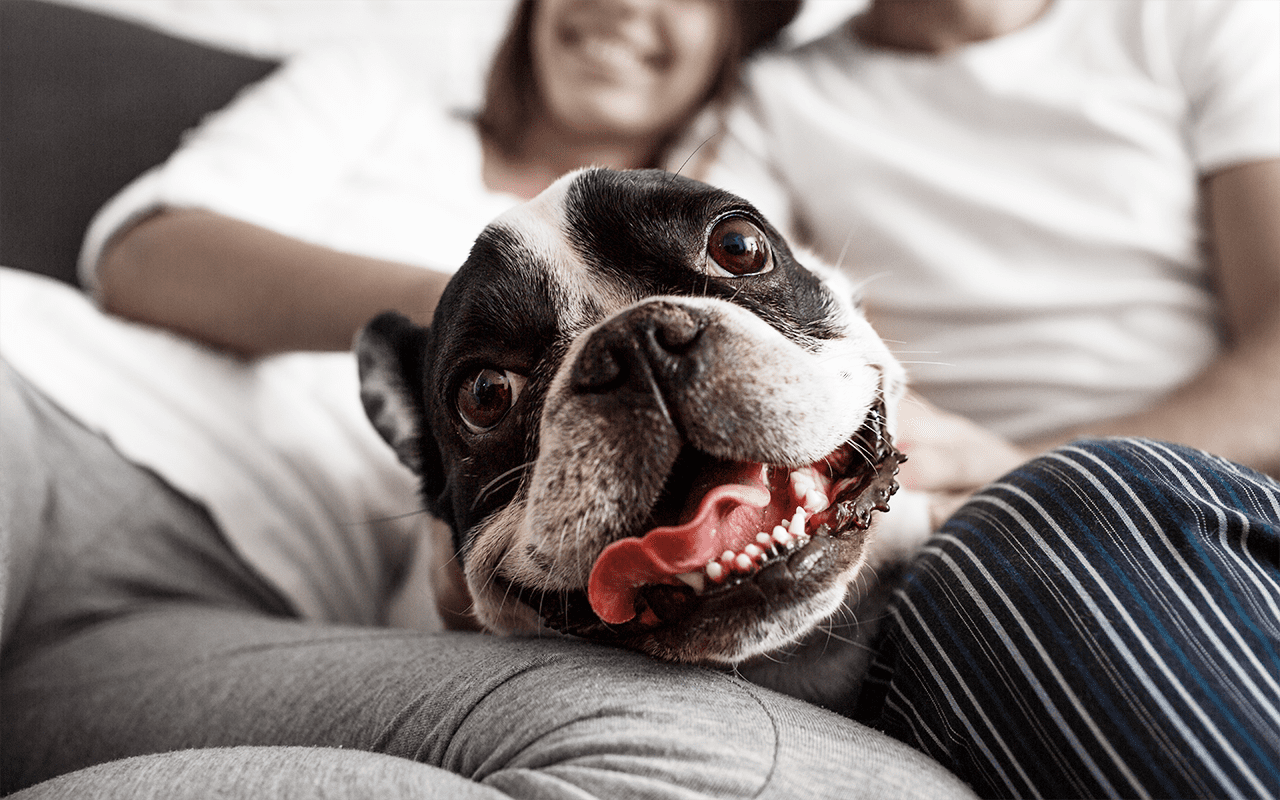Despite the rise of teeth cleaning bones and treats, dogs need daily toothbrushing sessions to maintain great oral health. The bones and treats can act as a backup method, but the focus needs to stay on thoroughly cleaning the teeth and gums with a toothbrush and toothpaste for pets each and every day. When you attend to the needs of your pets’ dental health, you can prevent tooth decay, gum diseases and other health complications from developing.
Go to comment (1)Dental Anatomy of Cats and Dogs
Both cats and dogs have several different types of teeth for grabbing, eating and grooming purposes. From the incisors to the molars, each type of tooth requires thorough cleaning to prevent plaque and bacteria from adhering to the surface. You must pay attention to the grooves and ridges in each tooth surface to fully remove food deposits and plaque.When cleaning the tooth surfaces, the front, back, sides and top all need attention to remain in great condition. Unlike your own at-home dental care needs, you do not need to floss between your pets’ teeth, as a specially designed pet toothbrush tends to hit all the most important spots. You simply need to clean the entire surface of each tooth with a specially-designed toothpaste for pets to remove the deposits that could otherwise harm your pets’ teeth.
Typical Development Cycle for Plaque Deposits on Your Pet’s Teeth
Plaque deposits arise as dental biofilms remain on the surface of your pets’ teeth long enough to fully harden. When the plaque becomes hard, it mimics the strength of concrete and becomes home to harmful bacteria. Therefore, it is important to remove dental biofilms before they become plaque with daily brushing routines. Otherwise, the plaque cannot be removed without the use of an ultrasonic scaler during a professional dental cleaning. When you brush your pets’ teeth each day and hit all the most important surfaces, you can keep biofilms from hardening and harboring bacteria.Complications Caused by Advanced Gum Disease and Tooth Decay
Without removal of dental biofilms and plaque deposits, your pets’ teeth and gums could start to suffer serious damage. As the plaque deposits develop beneath the gumline, damage to the gums occurs in the form of gum disease. This condition tends to worsen over time, creating deeper and deeper periodontal pockets around each tooth. Eventually, the tooth loosens in its socket and falls out, leaving your pet without the proper dentition needed to pick up items, eat and groom themselves. Tooth decay can also cause the teeth to fall out as the acids produced by the bacteria eat through the enamel and inner tooth surfaces.Health Conditions Linked to a Lack of Veterinary Dental Care
In addition to protecting the teeth and gums, regular oral health care for pets can help keep minor to serious medical conditions at bay. The biggest risk of skipping at home and professional dental care for your pets is an infection. If an infection develops within the teeth or gums, it could quickly pass into the blood, causing a systemwide infection. Poor dental hygiene is also linked to the development of heart disease, diabetes, liver abscesses, and other major health conditions. If dental pain interferes with good eating habits, vitamin deficiencies, including anemia, could arise and persist until the underlying problems are resolved. Great at-home oral health care for pets can help prevent these issues by keeping the teeth and gums in excellent condition.Beneficial Routines for Oral Health Care for Pets
To start establishing beneficial at-home routines for oral health care for pets, pick a time of the day that you can dedicate to this process. Then, you can gather your supplies, including effective toothpaste for pets, and place them in an easily accessible location. You can use a long-handled toothbrush or a finger brush if that is easier on your pet.Either way, apply the toothpaste to the brush and begin gently scrubbing down each tooth in your pets’ mouth. Gently move the brush over the top and sides of each tooth using circular motions, focusing on removing biofilm from the nooks and crannies. Remember to brush all the way at the back of the molars to prevent decay from setting in there, as is common with both cats and dogs.
Your pet will likely enjoy the brushing process, but you can ensure that it becomes a favorite pastime by using positive reinforcement techniques. With plenty of praise and few treats along the way, you can help your pet look forward to you pulling out the tube of toothpaste for pets. The delicious rotisserie chicken and London broil flavors can also help increase your pets’ comfort and willingness to sit through the brushing sessions.


Here's Why You Should Be Brushing Your Pets' Teeth
Comment (1)
I have two dogs and have used Petsmile on their teeth for many years. I’m convinced that this toothpaste is absolutely the best there is as I had used others before knowing of this one. I live in several different places and so, throughout the years the dogs go to different vets. Without fail, I’m asked if I brush their teeth and receive favorable responses from the various vets on how good their teeth look. I try and promote this brand and the teeth brushing whenever I have a chance because of all the reasons you have listed and which I so believe in. Brushing and/or rubbing the toothpaste on their teeth either with my fingers or whatever works best for you really takes so little time each evening. Compared to the time it takes to bring your dog to the vet for treatment due to bad teeth, not to mention the pain a dog has to endure prior to knowing that they have a problem, a few minutes a day is a mere drop in the bucket. Please, just do it!!!